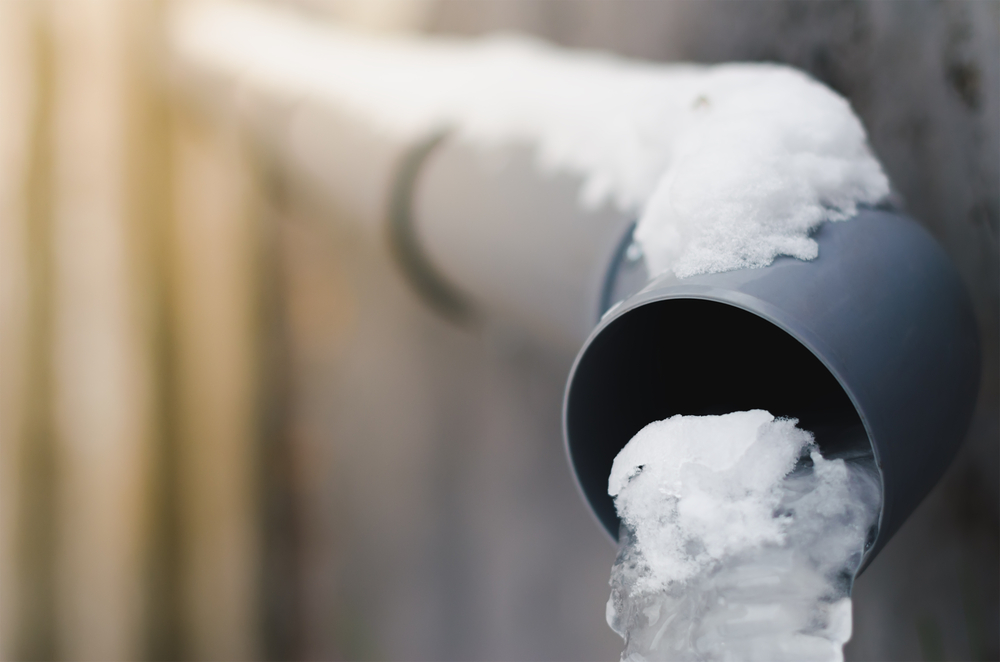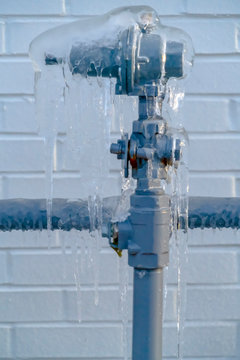We have unearthed this great article about Preventing and dealing with frozen pipes down the page on the internet and figured it made good sense to relate it with you on my blog.

Winter can damage your plumbing, particularly by freezing pipelines. Below's how to avoid it from occurring and what to do if it does.
Intro
As temperature levels drop, the threat of icy pipelines increases, possibly leading to expensive fixings and water damage. Comprehending how to prevent frozen pipes is essential for house owners in cold environments.
Prevention Tips
Protecting vulnerable pipelines
Cover pipelines in insulation sleeves or use warm tape to safeguard them from freezing temperatures. Concentrate on pipes in unheated or exterior locations of the home.
Home heating methods
Maintain indoor areas appropriately heated, specifically locations with pipes. Open up cabinet doors to allow cozy air to distribute around pipelines under sinks.
How to determine icy pipes
Search for lowered water flow from taps, uncommon smells or sounds from pipelines, and noticeable frost on exposed pipes.
Long-Term Solutions
Structural modifications
Consider rerouting pipelines far from exterior walls or unheated areas. Add extra insulation to attics, basements, and crawl spaces.
Updating insulation
Invest in high-quality insulation for pipelines, attics, and walls. Appropriate insulation helps preserve consistent temperature levels and minimizes the danger of frozen pipelines.
Safeguarding Outdoor Pipes
Garden tubes and outdoor taps
Disconnect and drain pipes garden hoses before wintertime. Set up frost-proof faucets or cover outdoor faucets with protected caps.
Understanding Frozen Pipelines
What causes pipes to ice up?
Pipes freeze when exposed to temperatures below 32 ° F (0 ° C) for extended durations. As water inside the pipelines ices up, it expands, taxing the pipeline wall surfaces and potentially creating them to rupture.
Dangers and damages
Frozen pipelines can cause water system disturbances, building damage, and costly fixings. Burst pipes can flooding homes and cause substantial structural damages.
Indicators of Frozen Pipeline
Determining icy pipes early can avoid them from rupturing.
What to Do If Your Pipes Freeze
Immediate activities to take
If you presume icy pipelines, maintain faucets available to alleviate pressure as the ice thaws. Use a hairdryer or towels taken in warm water to thaw pipes gradually.
Conclusion
Avoiding frozen pipes requires proactive measures and quick responses. By understanding the causes, indications, and safety nets, home owners can safeguard their plumbing during cold weather.
5 Ways to Prevent Frozen Pipes
Drain Outdoor Faucets and Disconnect Hoses
First, close the shut-off valve that controls the flow of water in the pipe to your outdoor faucet. Then, head outside to disconnect and drain your hose and open the outdoor faucet to allow the water to completely drain out of the line. Turn off the faucet when done. Finally, head back to the shut-off valve and drain the remaining water inside the pipe into a bucket or container. Additionally, if you have a home irrigation system, you should consider hiring an expert to clear the system of water each year.
Insulate Pipes
One of the best and most cost-effective methods for preventing frozen water pipes is to wrap your pipes with insulation. This is especially important for areas in your home that aren’t exposed to heat, such as an attic. We suggest using foam sleeves, which can typically be found at your local hardware store.
Keep Heat Running at 65
Your pipes are located inside your walls, and the temperature there is much colder than the rest of the house. To prevent your pipes from freezing, The Insurance Information Institute suggests that you keep your home heated to at least 65 degrees, even when traveling. You may want to invest in smart devices that can keep an eye on the temperature in your home while you’re away.
Leave Water Dripping
Moving water — even a small trickle — can prevent ice from forming inside your pipes. When freezing temps are imminent, start a drip of water from all faucets that serve exposed pipes. Leaving a few faucets running will also help relieve pressure inside the pipes and help prevent a rupture if the water inside freezes.
Open Cupboard Doors
Warm your kitchen and bathroom pipes by opening cupboards and vanities. You should also leave your interior doors ajar to help warm air circulate evenly throughout your home.

Do you like more info about 6 Ways to Prevent Frozen Pipes? Give a comment down the page. We will be delighted to see your thinking about this page. We hope that you come back again in the future. Please set aside a second to promote this blog post if you enjoyed reading it. Thank you so much for going through it.
Need Help? Hire Us Now!